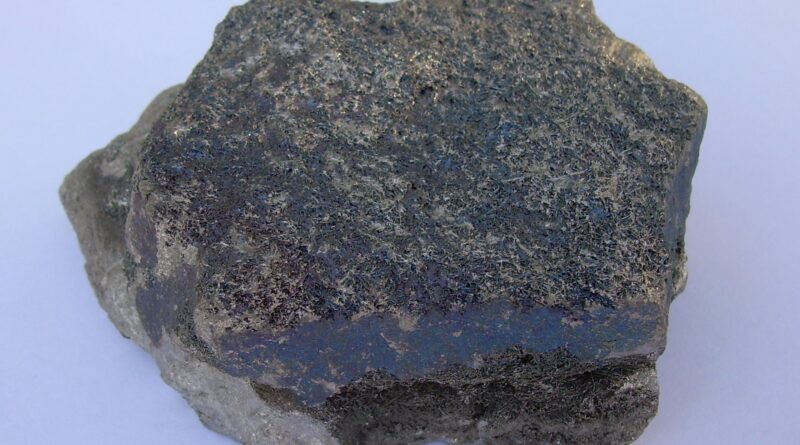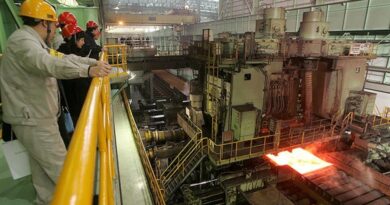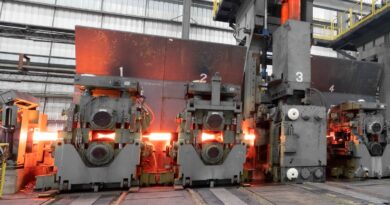SA to impose tax on chrome export to stimulate FeCr production
The Minerals Council notes fundamental competitiveness issue for ferroalloy producers, globally competitive electricity pricing, has not been addressed.
The Minerals Council notes the statement made by Cabinet in respect of interventions to support domestic ferrochrome production and its chrome value-chain sector. The interventions proposed include the introduction of an export tax on chrome ore, the usage of energy efficiency technologies for smelters, and the adoption of cogeneration and self-generation technologies.
The Minerals Council recognises that government is considering the plight of the ferrochrome producers. But it is disappointing to note that the underlying foundation of competitiveness that makes for a successful ferro-chrome industry is not addressed in the statement.
The critical component of competitiveness is the availability of a cost-effective and consistent electricity supply. The 523% increase in the electricity price in the last decade has resulted in Eskom’s electricity price to large industrial customers becoming globally uncompetitive, forcing the closure or mothballing of over 40% of South Africa’s ferroalloy production.
This electricity price includes about aR10 billion annual cross-subsidy paid by large scale electricity users to other electricity users, which should immediately be addressed to provide some relief to the ferroalloy industry.
The Cabinet statement alludes to an export tax on primary chrome ore as part of the measures to support the ferrochrome industry. A chrome ore export tax does not address the fundamental competitiveness issue (electricity) facing the ferro-chrome industry and may have material unintended consequences on the independent chrome ore producers.
Export taxes are generally a blunt instrument that have material unintended consequences.
The Minerals Council is engaging with the DMRE, National Treasury and other departments on the matter and is seeking solutions that enhance the competitiveness of all components of the
chrome value chain from the independent primary chrome producers right through to the integrated producers.




